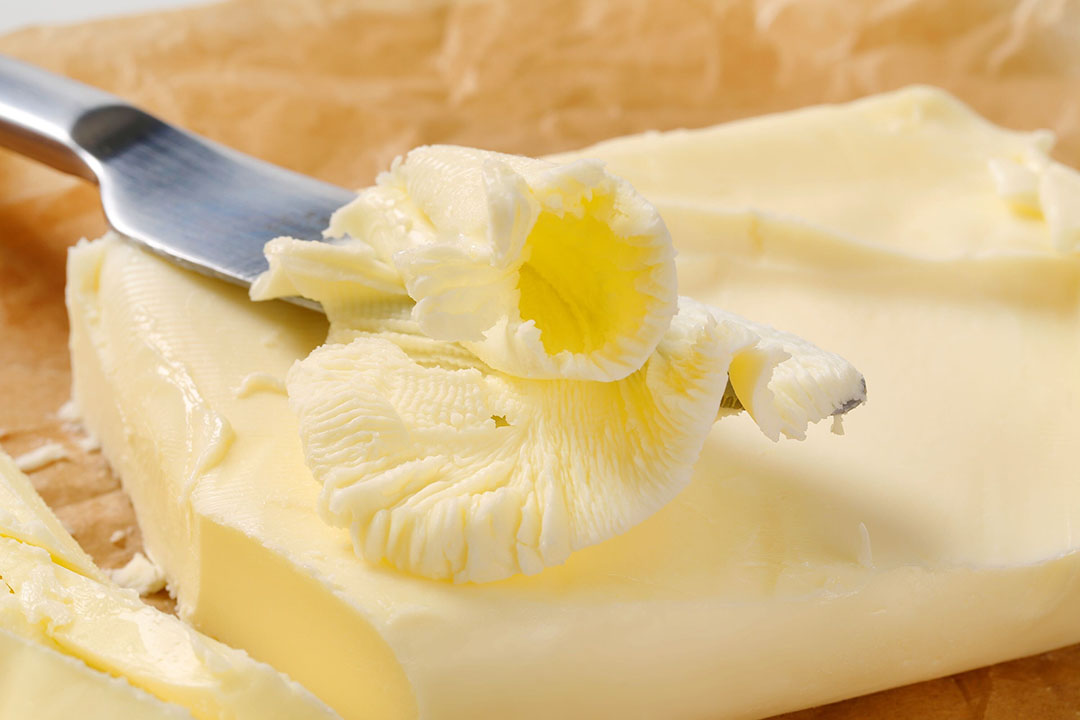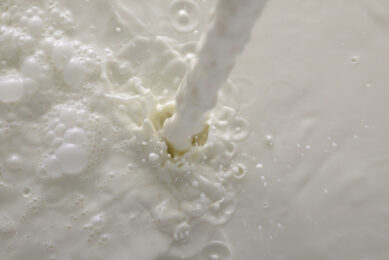Fonterra maintains full ownership of Australian business

New Zealand dairy giant, Fonterra, has announced it will maintain full ownership of its Australian business. The decision ends a year of speculation about the possible change in ownership.
Fonterra is one of Australia’s largest milk processors. Chief executive, Miles Hurrell, says the co-op has looked at a number of options for its Australian business and has decided that it’s in the co-op’s best interest to maintain full ownership.
“Australia plays an important role in our consumer strategy with a number of common and complementary brands and products and as a destination for our New Zealand milk solids. The business is going well, and it will play a key role in helping us get to our 2030 strategic targets.”
Fonterra recently reported that season 2021-2022 was a year of increased revenue and profit. Gross profit for the Australian business increased 16% to NZ$283 million (US$161 million) last financial year. It expects profits to continue increasing despite paying record high milk prices
Global dairy auction prices posted solid gains on 20 September. Overall prices rose 2%, while key whole milk powder (WMP) prices lifted 7%. Over the 2 last auctions, WMP prices bounced over 9%.
The result was a little more mixed by product. Anhydrous milk powder prices led the gains, surging 4%. Cheddar prices also lifted 2.1%. Meanwhile, skim milk powder and butter prices fell 0.7% and 0.2%, respectively.
According to Westpac senior agri economist, Nathan Penny in New Zealand, this result was in line with expectations. “We had pencilled in a 4% lift in whole milk prices. The positive result comes against a backdrop of very weak global dairy supply. For example, in July, New Zealand dairy production was down 5.5% versus July 2021. And anecdotally, production has continued on this weak note over August and into September.”

Penny expects production to rebound this season, after the 4% drop over the 2021-2022 season. The positive result of the auction firms up Westpac’s 2022-2023 milk price forecast of NZ$9.25 per kg milk solids (US$5.24).
“If anything, the lift in prices has come earlier than we had anticipated,” Penny says. “That, coupled with the deteriorating New Zealand production outlook and the very supportive level of the New Zealand dollar, does bring some upside risks to our forecast into play.”
Dairy farmer confidence
According to a recent Rabobank survey, dairy farmer confidence is high in Australia “with historically-high milk price contracts announced a few months ago pushing income expectations to their highest levels in 8 years.” The survey found 27% of dairy farmers expect conditions to improve over the year ahead, while 70% are expecting an increase in income this year.
But a survey of Dairy Australia found that 1 in 4 dairy farmers are unable to find labour or access the skills they need on farm – an issue compounded by the Covis-19 pandemic and the nationwide skills shortage across a range of sectors beyond agriculture.
“Some 22% of dairy farmers were also unable to fill vacant positions within 3 months with 40% losing at least 1 or more workers,” Dairy Australia’s general manager regional services, Verity Ingham, says. To help tackle the problem, Dairy Australia is launching a new national marketing campaign to promote the benefits of working in dairy farming.
The Financial Times reported that the dairy industry is one of the most impacted industries by the recent surge in fuel prices because processes for pasteurisation and milk powder production consume a lot of energy. Butter prices in the EU have surged 80% in the year to July, with milk powder up more than 50%, according to European Commission data.
And the August Milk Production report of the US United States Department of Agriculture emphasises positive growth that unfolded in the industry. The latest USDA report outlines US milk production is up a modest 1.6% over August 2021. Cow numbers declined 11,000 head from a year ago, but increased by 8,000 head from July 2022.










